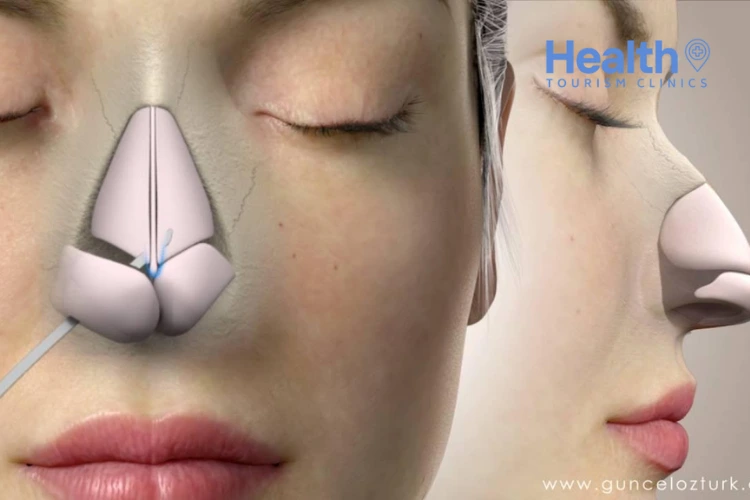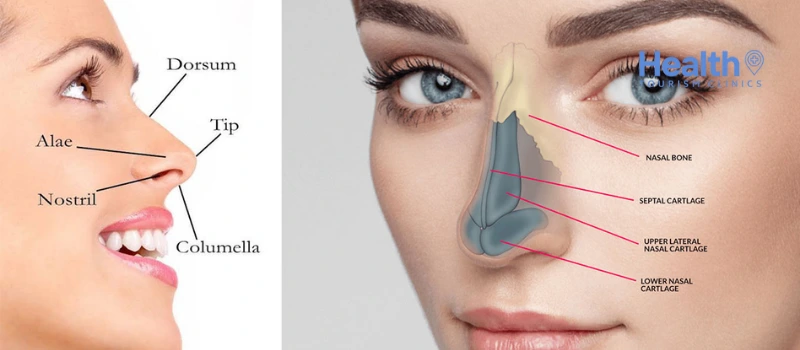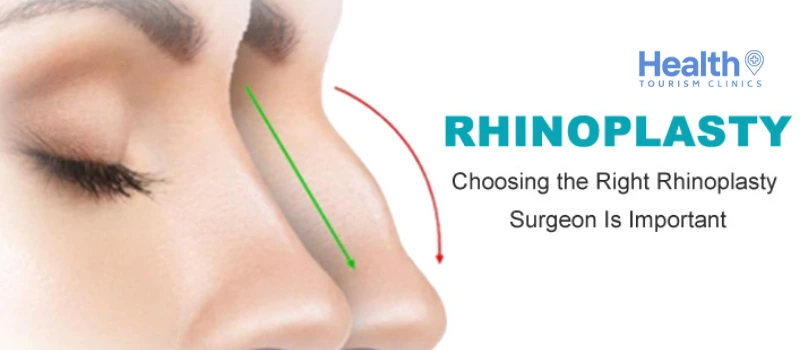
Rhinoplasty for Breathing
Improving Your Breathing with Rhinoplasty
Rhinoplasty for breathing, also known as functional rhinoplasty, is a surgical procedure designed to enhance not only the aesthetics of your nose but also your ability to breathe freely. In this comprehensive guide, we will explore how rhinoplasty can significantly improve your breathing and address common questions regarding this procedure.
Does Rhinoplasty Help Breathing?

Rhinoplasty, when performed by a skilled surgeon, can indeed help improve your breathing. This procedure focuses on correcting structural issues within the nose that may be obstructing airflow. By reshaping the nasal passages, removing blockages, or straightening a deviated septum, rhinoplasty can lead to a noticeable enhancement in your ability to breathe through your nose.
Rhinoplasty for Better Breathing: What to Expect After Surgery
After undergoing rhinoplasty, patients often experience a significant improvement in their ability to breathe through their nose. The surgery’s success in enhancing nasal functionality depends on various factors, including the surgeon’s expertise and the specific issues addressed during the procedure. It’s crucial to follow your surgeon’s post-operative instructions carefully to ensure optimal results.
Will Rhinoplasty Help My Breathing?

If you are struggling with breathing difficulties due to a deviated septum, nasal congestion, or other structural issues, rhinoplasty may indeed help improve your breathing. During the consultation with your surgeon, they will assess your specific concerns and discuss how rhinoplasty can address them, potentially leading to a significant enhancement in your breathing.
Will Rhinoplasty Affect My Breathing?
Rhinoplasty, when performed by a qualified surgeon, should not negatively affect your breathing. In fact, the primary goal of functional rhinoplasty is to enhance your nasal function while maintaining or improving its aesthetic appearance. Be sure to choose an experienced surgeon who understands the delicate balance between form and function.
Post-Operative Care and Recovery

Following rhinoplasty for breathing improvement, proper post-operative care and recovery are crucial for achieving the best results. Here are essential aspects to consider during your recovery:
1. Rest and Healing
Allow your body the time it needs to heal. Resting and avoiding strenuous activities during the initial recovery period is vital. Your surgeon will provide specific instructions on how to care for your nose during this time.
2. Nasal Congestion
It’s common to experience nasal congestion and some discomfort after rhinoplasty. Your surgeon may recommend saline nasal sprays or other medications to alleviate congestion and ensure that you can breathe more easily as you heal.
3. Follow-up Appointments
Attend all scheduled follow-up appointments with your surgeon. These visits are essential for monitoring your progress, removing any sutures or splints, and addressing any concerns you may have.
4. Avoiding Certain Activities
During your recovery, it’s essential to avoid activities that could potentially harm your healing nose. This includes refraining from vigorous exercise, wearing glasses that rest on the nose, and avoiding situations where your nose could be bumped or injured.
5. Swelling and Bruising
Expect some degree of swelling and bruising, especially during the initial days after surgery. Using cold compresses as recommended by your surgeon can help reduce these symptoms.
6. Patience and Final Results
It’s important to be patient during your rhinoplasty recovery. While you may notice improvements in your breathing relatively quickly, the final results may take several months to fully manifest as the swelling subsides and the tissues settle into their new position.
Rhinoplasty in Turkey Clinics Lists: Rhinoplasty in Turkey Clinics
Why Rhinoplasty for breathing Costs Vary
The cost of rhinoplasty can fluctuate significantly from one patient to another and from one country to another. Several factors contribute to these variations:
1. Surgeon’s Expertise
Highly experienced and renowned surgeons often charge higher fees for their services. However, their expertise can lead to better outcomes and a reduced risk of complications.
2. Geographical Location
As mentioned earlier, the cost of rhinoplasty can vary widely depending on the country or city where the surgery is performed. Countries with a lower cost of living may offer more affordable rhinoplasty options.
3. Complexity of the Procedure
The complexity of your rhinoplasty procedure can influence the cost. More intricate surgeries, such as those requiring extensive structural changes, may cost more than simpler, less invasive procedures.
4. Facility and Equipment
The quality of the medical facility and equipment used during your surgery can impact the cost. State-of-the-art facilities and technology may result in higher fees.
5. Additional Fees
Be sure to inquire about any additional fees beyond the surgeon’s fee, such as anesthesia fees, facility fees, and post-operative care costs. These can vary among providers.
Frequently Asked Questions
Can Nasal Surgery Help You Breathe Better?
Yes, nasal surgery, specifically rhinoplasty, can help improve your breathing by addressing structural issues that may obstruct airflow through your nose.
How Do I Know if I Need Nose Surgery to Breathe?
If you experience chronic nasal congestion, difficulty breathing through your nose, or have a deviated septum, consulting with a qualified rhinoplasty surgeon is advisable to determine if surgery is necessary for improved breathing.
Is It Haram to Get a Nose Job if You Have a Deviated Septum?
No, it is not haram (forbidden) to get a nose job, especially if you have a deviated septum that is causing breathing difficulties. In such cases, rhinoplasty is a medical necessity aimed at enhancing your overall well-being.
Can I Breathe from My Nose After Rhinoplasty?
Yes, after the initial healing period, typically a few weeks following rhinoplasty, you should be able to breathe through your nose more comfortably than before the procedure. Your surgeon will provide guidance on the post-operative recovery process.
Comparing Rhinoplasty Costs and Preferred Countries
When considering rhinoplasty for breathing improvement, it’s essential to be aware that the cost of this procedure can vary significantly depending on the country you choose for your surgery. Here’s a brief comparison of rhinoplasty costs and the countries that are often preferred for this type of surgery:
United States
- Rhinoplasty for breathing cost: On average, rhinoplasty in the United States can range from $5,000 to $15,000, depending on the complexity of the procedure and the surgeon’s experience.
Turkey
- Rhinoplasty for breathing cost: Turkey has gained popularity as a medical tourism destination. The cost of rhinoplasty in Turkey is generally more affordable than in many Western countries, with prices ranging from $2,000 to $5,000.
South Korea
- Rhinoplasty for breathing cost: South Korea is renowned for its advanced plastic surgery techniques. Rhinoplasty costs in South Korea typically range from $3,000 to $7,000.
Thailand
- Rhinoplasty for breathing cost: Thailand is another popular destination for medical tourism. The cost of rhinoplasty in Thailand varies but is often in the range of $2,500 to $5,000.
In conclusion, rhinoplasty for breathing can be a life-changing procedure for individuals experiencing nasal obstruction or other issues affecting their ability to breathe comfortably. It is essential to consult with a qualified surgeon to assess your specific needs and determine whether rhinoplasty is the right solution for you. Additionally, considering the cost and surgical expertise available in different countries can help you make an informed decision about where to undergo this procedure. Ultimately, the goal of rhinoplasty is to not only enhance your appearance but also improve your overall quality of life by ensuring better breathing.
Similar Post:


 Ücretsiz Çevrimiçi Danışmanlık
Ücretsiz Çevrimiçi Danışmanlık

 Ortalama Yanıtlama Süresi – 5 Dakika
Ortalama Yanıtlama Süresi – 5 Dakika
